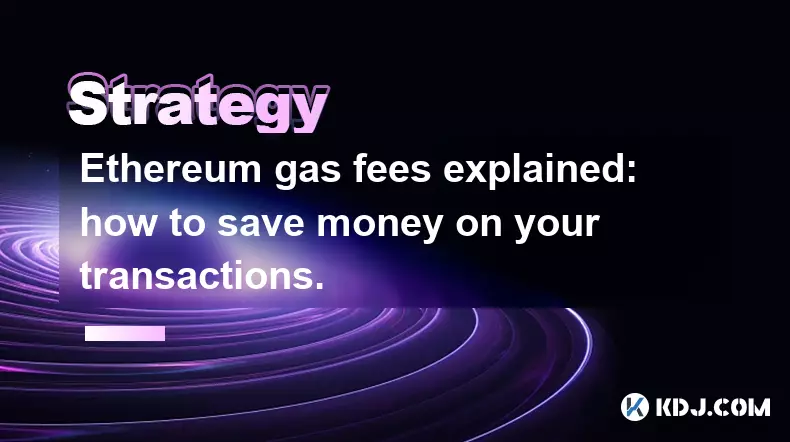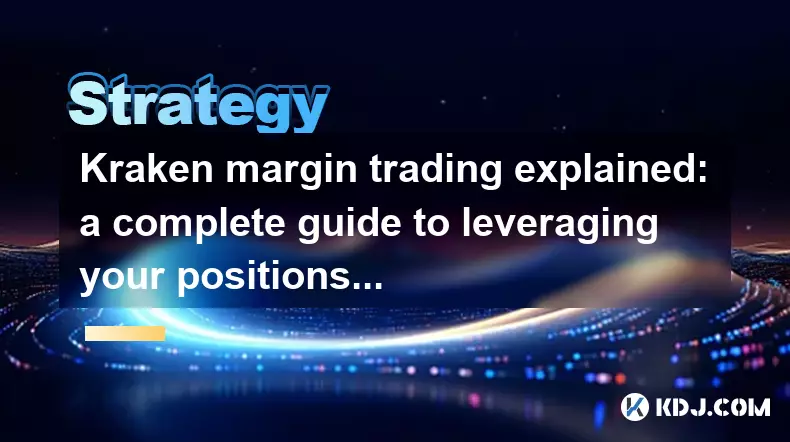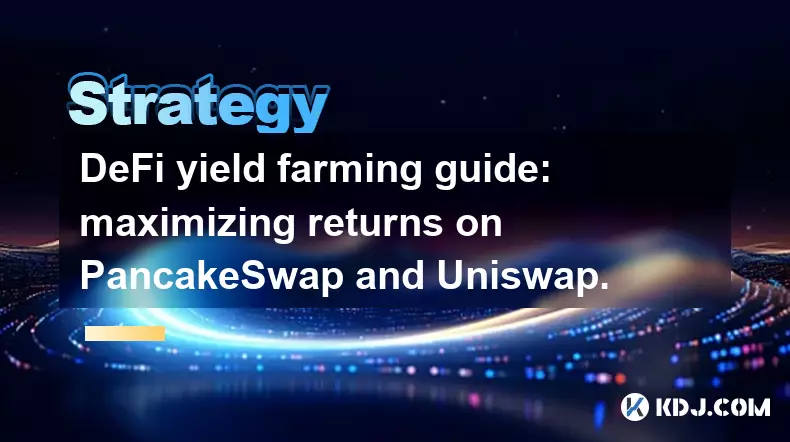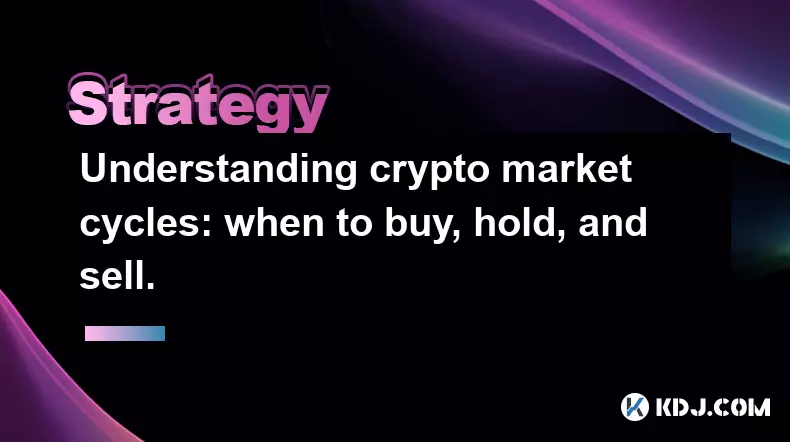-
 bitcoin
bitcoin $107015.826941 USD
-2.18% -
 ethereum
ethereum $3637.352324 USD
-5.18% -
 tether
tether $0.999831 USD
-0.02% -
 xrp
xrp $2.338078 USD
-6.23% -
 bnb
bnb $998.272150 USD
-6.97% -
 solana
solana $167.598257 USD
-10.12% -
 usd-coin
usd-coin $0.999863 USD
0.01% -
 tron
tron $0.282573 USD
-5.09% -
 dogecoin
dogecoin $0.169891 USD
-7.39% -
 cardano
cardano $0.557554 USD
-7.03% -
 hyperliquid
hyperliquid $39.914802 USD
-5.85% -
 chainlink
chainlink $15.414549 USD
-9.97% -
 bitcoin-cash
bitcoin-cash $510.361911 USD
-4.26% -
 ethena-usde
ethena-usde $0.999194 USD
-0.03% -
 stellar
stellar $0.282092 USD
-6.07%
NFT flipping for beginners: a step-by-step guide to profitable trading.
NFT flipping involves buying low and selling high in a fast-moving digital market, with success hinging on timing, research, and understanding supply and demand.
Nov 02, 2025 at 11:54 pm

NFT Flipping Basics: Understanding the Market
1. NFT flipping involves purchasing non-fungible tokens at a lower price and reselling them for profit, often within a short time frame. This practice has gained traction as digital art, collectibles, and virtual assets become more mainstream in blockchain ecosystems.
2. Each NFT is unique and stored on a blockchain, typically Ethereum, though other networks like Solana and Polygon are gaining popularity due to lower transaction fees. The uniqueness and verifiable ownership make certain NFTs highly desirable.
3. Successful flipping starts with understanding supply and demand dynamics. Limited edition drops or NFTs tied to influential creators tend to have higher resale potential immediately after launch.
4. Marketplaces such as OpenSea, Blur, and Magic Eden serve as primary platforms where traders buy and sell NFTs. Familiarity with their interfaces, listing processes, and fee structures is essential for efficient trading.
5. Gas fees, which vary based on network congestion, can significantly impact profitability. Monitoring gas prices and choosing optimal times to transact helps reduce costs, especially on Ethereum-based platforms.
How to Identify Profitable NFT Projects
1. Research the project team and their track record. Anonymous teams or those without prior experience in blockchain or creative industries may indicate higher risk. Verified identities and transparent roadmaps add credibility.
2. Community engagement is a strong indicator of potential value. Projects with active Discord servers, regular updates, and growing social media followings often gain momentum faster. A vibrant community can drive demand and sustain interest over time.
3. Utility plays a crucial role. NFTs that offer real-world benefits—such as access to exclusive events, staking rewards, or integration into games—tend to maintain or increase in value compared to purely aesthetic pieces.
4. Analyze minting statistics and secondary sales data using tools like Rarity.tools or Icy.tools. These platforms help assess an NFT’s rarity score, floor price trends, and trading volume, all of which inform buying decisions.
5. Watch for celebrity or brand involvement. Collaborations with well-known figures or companies often lead to spikes in attention and trading activity, creating short-term flipping opportunities.
Executing a Successful Flip: Timing and Strategy
1. Enter during the mint phase when possible. Early buyers can acquire NFTs at the lowest price point before they appear on secondary markets. Participating in whitelist giveaways increases chances of securing spots at reduced cost or no cost.
2. Set clear profit targets before listing. Many flippers aim for returns between 2x and 5x their initial investment, depending on the project's hype cycle. Sticking to predefined goals prevents emotional decision-making.
3. Use dynamic pricing strategies. Instead of fixed-price listings, consider Dutch auctions that start high and decrease over time. This approach captures maximum value if early buyers step in, while still allowing eventual sale if demand is slower.
4. Monitor floor price movements closely. A rapidly rising floor suggests strong demand, making it an ideal window to sell. Conversely, a dropping floor may signal waning interest, prompting quicker exits to avoid losses.
5. Diversify across multiple projects to spread risk. Putting all funds into a single NFT collection increases exposure to volatility. Balanced portfolios improve resilience against sudden market shifts.
Risks and How to Mitigate Them
1. Rug pulls remain a persistent threat. Some developers abandon projects after collecting minting revenue, leaving holders with worthless tokens. Auditing smart contracts and verifying developer history reduces this risk.
2. Market saturation can devalue even promising collections. As thousands of new NFTs launch weekly, competition intensifies. Focusing on quality over quantity ensures better selection accuracy.
3. Emotional attachment to digital assets can impair judgment. Treating NFTs strictly as tradable commodities rather than personal keepsakes supports disciplined trading behavior.
4. Regulatory uncertainty affects long-term holding strategies. Jurisdictions vary in how they classify and tax NFT transactions. Keeping detailed records of purchases, sales, and associated fees ensures compliance and accurate reporting.
5. Security practices are non-negotiable. Use hardware wallets for storage, enable two-factor authentication on marketplace accounts, and never share private keys. Phishing scams targeting NFT owners are increasingly common.
Frequently Asked Questions
What is the average holding period for a flipped NFT?Most flippers hold NFTs anywhere from a few hours to several days. The goal is to capitalize on immediate post-mint momentum, so extended holding periods are uncommon unless the market stalls unexpectedly.
Can I flip NFTs with a small budget?Yes, many successful flippers start with budgets under $100. Focus shifts toward lower-tier projects or niche communities where competition is less intense and entry costs are minimal.
Are there taxes on NFT flipping profits?In most countries, profits from NFT sales are treated as capital gains. Traders must report these earnings and pay applicable taxes based on jurisdiction-specific rules and holding duration.
How do I know when to exit a position?Key signals include declining trading volume, stagnant floor prices, negative community sentiment, or major holders dumping large quantities. Real-time analytics dashboards provide alerts for such changes.
Disclaimer:info@kdj.com
The information provided is not trading advice. kdj.com does not assume any responsibility for any investments made based on the information provided in this article. Cryptocurrencies are highly volatile and it is highly recommended that you invest with caution after thorough research!
If you believe that the content used on this website infringes your copyright, please contact us immediately (info@kdj.com) and we will delete it promptly.
- ZKsync Tokenomics: Utility Shift or Just Another Altcoin Bounce?
- 2025-11-05 00:40:13
- BTC, UK, Treasury Plan: Smarter Web's Bold Bitcoin Bet
- 2025-11-05 01:00:17
- Blockchain Gaming: Digital Assets Unlock New Value and Combat Bots
- 2025-11-05 01:10:02
- AMP Crypto's Wild Ride: Noomez Migration & Price Drops - What's the Deal?
- 2025-11-05 00:50:02
- XRP, BlockDAG, and Presales: Decoding the Hottest Crypto Trends
- 2025-11-04 22:50:12
- Noomez ($NNZ): Can Deflationary Tokenomics Deliver a 100x Moonshot?
- 2025-11-04 23:30:02
Related knowledge

Ethereum gas fees explained: how to save money on your transactions.
Nov 04,2025 at 04:01pm
Ethereum Gas Fees: Understanding the Basics1. Ethereum operates on a decentralized network where every transaction requires computational power to exe...

Kraken margin trading explained: a complete guide to leveraging your positions.
Nov 04,2025 at 02:19pm
Kraken Margin Trading Overview1. Kraken is one of the most established cryptocurrency exchanges offering margin trading to experienced traders seeking...

NFT flipping for beginners: a step-by-step guide to profitable trading.
Nov 02,2025 at 11:54pm
NFT Flipping Basics: Understanding the Market1. NFT flipping involves purchasing non-fungible tokens at a lower price and reselling them for profit, o...

DeFi yield farming guide: maximizing returns on PancakeSwap and Uniswap.
Nov 05,2025 at 12:20am
Understanding Yield Farming on PancakeSwap and Uniswap1. Yield farming has become a central activity in the decentralized finance (DeFi) space, allowi...

How to find the next 100x altcoin: a fundamental analysis checklist.
Nov 02,2025 at 09:54pm
Decentralized Exchanges Are Reshaping Trading Dynamics1. Decentralized exchanges (DEXs) have emerged as a powerful alternative to centralized platform...

Understanding crypto market cycles: when to buy, hold, and sell.
Nov 02,2025 at 11:19am
Decoding the Rhythm of Crypto Market Cycles1. The cryptocurrency market operates in recurring phases marked by predictable psychological and financial...

Ethereum gas fees explained: how to save money on your transactions.
Nov 04,2025 at 04:01pm
Ethereum Gas Fees: Understanding the Basics1. Ethereum operates on a decentralized network where every transaction requires computational power to exe...

Kraken margin trading explained: a complete guide to leveraging your positions.
Nov 04,2025 at 02:19pm
Kraken Margin Trading Overview1. Kraken is one of the most established cryptocurrency exchanges offering margin trading to experienced traders seeking...

NFT flipping for beginners: a step-by-step guide to profitable trading.
Nov 02,2025 at 11:54pm
NFT Flipping Basics: Understanding the Market1. NFT flipping involves purchasing non-fungible tokens at a lower price and reselling them for profit, o...

DeFi yield farming guide: maximizing returns on PancakeSwap and Uniswap.
Nov 05,2025 at 12:20am
Understanding Yield Farming on PancakeSwap and Uniswap1. Yield farming has become a central activity in the decentralized finance (DeFi) space, allowi...

How to find the next 100x altcoin: a fundamental analysis checklist.
Nov 02,2025 at 09:54pm
Decentralized Exchanges Are Reshaping Trading Dynamics1. Decentralized exchanges (DEXs) have emerged as a powerful alternative to centralized platform...

Understanding crypto market cycles: when to buy, hold, and sell.
Nov 02,2025 at 11:19am
Decoding the Rhythm of Crypto Market Cycles1. The cryptocurrency market operates in recurring phases marked by predictable psychological and financial...
See all articles










































































